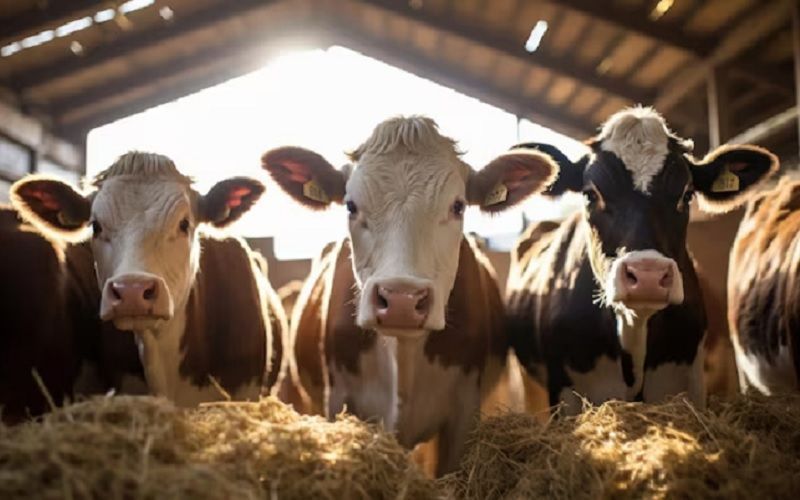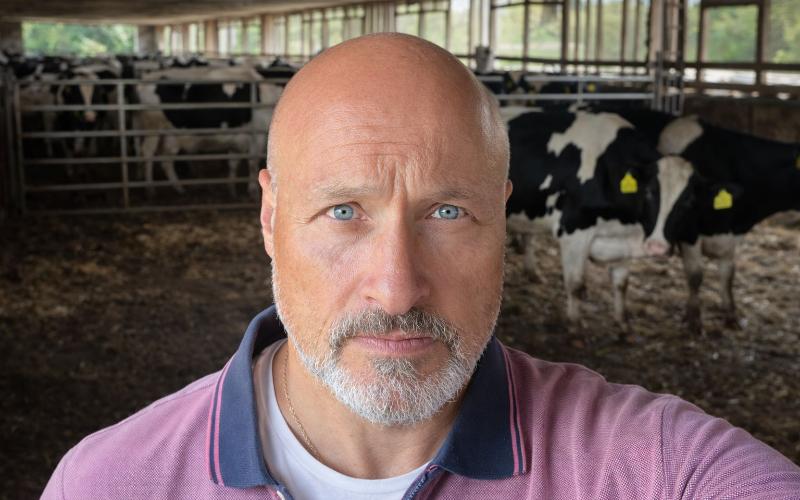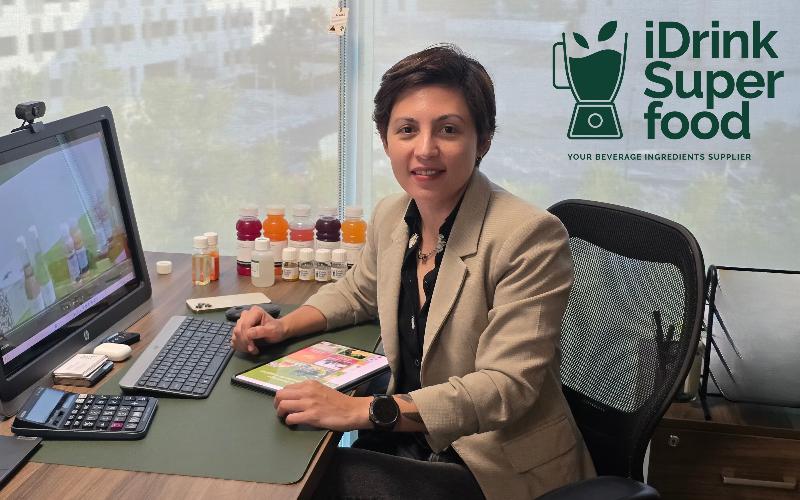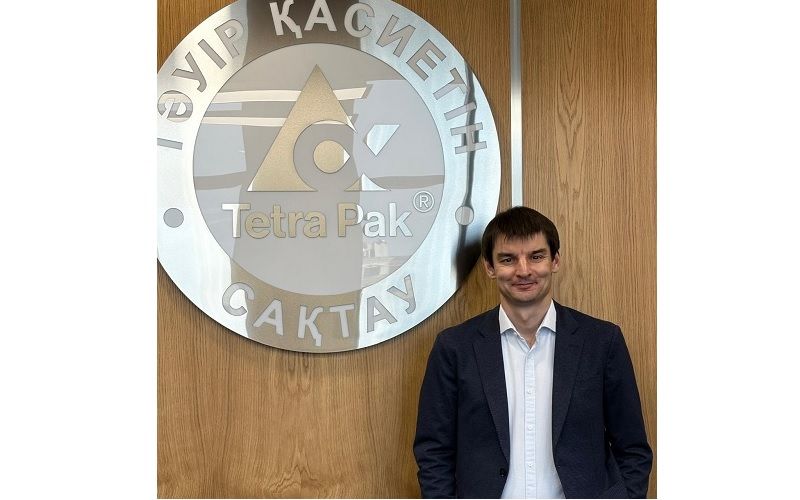Genetic Records and Dairy Achievements: A Comparative Analysis of Cattle Productivity in Brazil and Kazakhstan
Global agriculture showcases impressive achievements in genetics and improving the productivity of livestock. While in Brazil, one champion cow can reach a price of up to 250 thousand US dollars due to advanced breeding technologies, Kazakhstan is also making significant progress in the dairy industry by increasing production volumes and milk yields.

The Brazilian Phenomenon: Genetics and High Productivity
In Brazil, farmers are actively applying the latest biotechnologies to enhance the genetic potential of their cattle. By extracting eggs and semen from outstanding animals, they create embryos that are then implanted into surrogate cows. This technology allows one purebred cow to "birth" more than 200 calves a year with improved genetic traits.Ney Pereira, the owner of one such cow, notes: "We don't kill elite cattle. We breed them. And, in the end, we aim to feed the whole world!" The high price of such animals, like Viatina-19, is due to the transfer of valuable traits to numerous offspring, including posture, hoof strength, docility, maternal instincts, and appearance. Farmers from Brazil and other countries, including the USA, Bolivia, the UAE, and India, are willing to pay for the genetic material of such champions.
The phenomenal milk productivity of Brazilian cows is particularly noted: one can produce 343 liters of milk in three days, averaging 114 liters per day. Comparing this with Kazakhstani figures, one Brazilian cow in terms of productivity is equivalent to three of the best Kazakhstani cows.
Kazakh Progress: Building Potential
Kazakhstan, despite lagging behind in absolute productivity compared to Brazilian champions, demonstrates steady growth in the dairy sector. According to Qazaq Sut, the Republican Chamber of Dairy and Combined Breeds of Cattle, 38 new dairy farms were introduced in 2024, leading to an increase in the number of milking cows by 15,960 heads. The average milk yield per head increased to 7,650 kg per year, which is 17% higher than the figures from five years ago (2020-2024).The most advanced domestic agro-industrial complexes, such as "Rodina Agricultural Firm" (Akmola region) and LLP "Ice" (Aktobe region), achieved yields of 11,703 kg and 11,484 kg of milk per cow, respectively. The top five also includes APK "Adal" (10,842 kg), "RZA" (10,143 kg), and OHMK (9,968 kg).
A government program of preferential loans amounting to 100 billion tenge is aimed at creating new and expanding existing dairy farms, intended to replace imported dry milk with natural domestic raw materials.
Trends and Challenges
Despite the overall growth in production, data from the Bureau of National Statistics for the first half of 2025 shows a slight decrease in the average milk yield per cow by 0.6% compared to the previous year. Nevertheless, the total milk production volume increased by 7.1%, indicating a growth in livestock numbers.Organized farms remain the main source of high-quality natural raw materials for processing, producing 1.392 million tons of milk in 2024.
Kazakhstani farmers are actively implementing productivity-enhancing tools, such as improving herd quality, optimizing feed, and using advanced equipment. These measures, along with government support, lay the foundation for further development of the country's dairy industry and narrowing the gap with world leaders.
Key News of the Week












